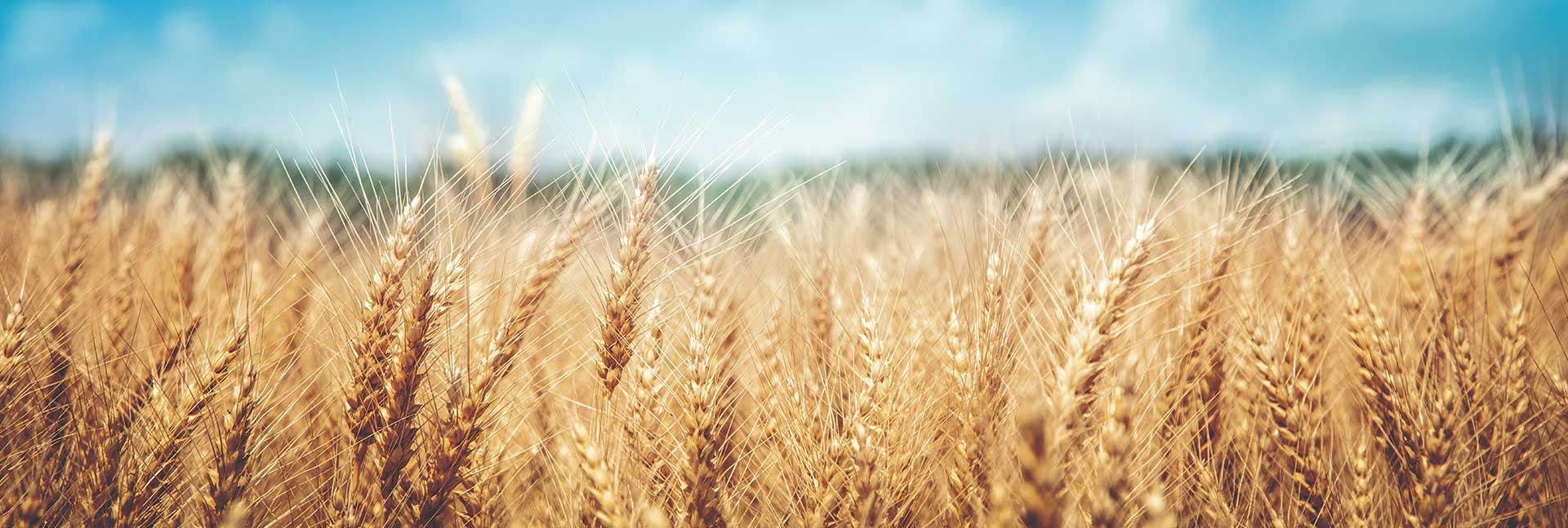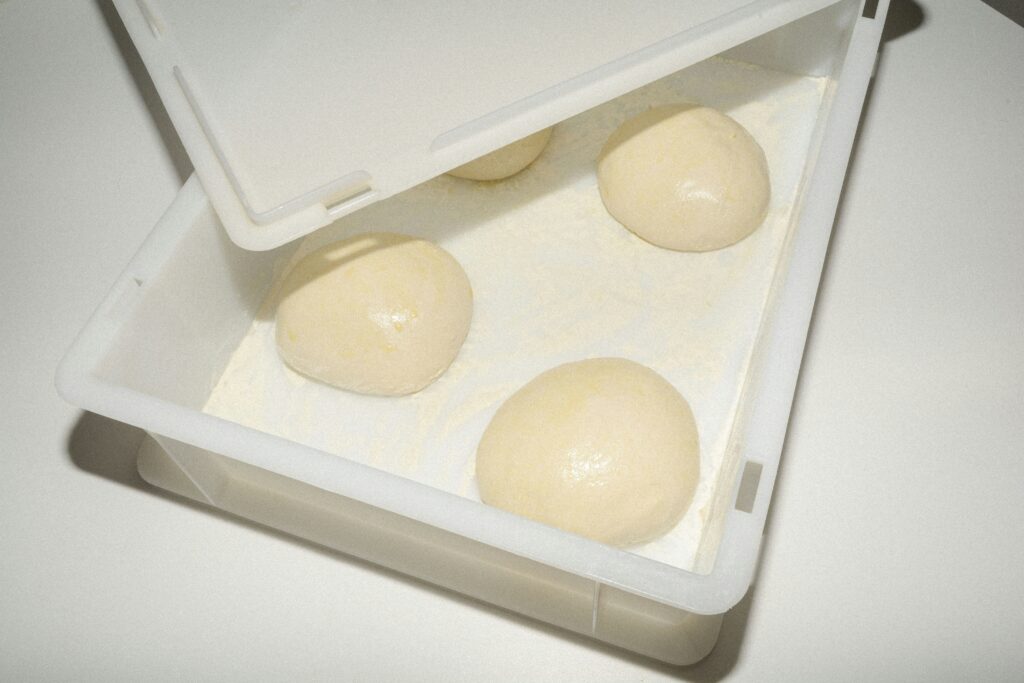
Most of the flours we use in Italy come from the processing of cereals from European countries such as France, Germany and Austria and non-European countries such as Canada and the United States. A Ministry of Agriculture document points out that Italian wheat is not top quality and blending with foreign wheat is mandatory to meet the needs of the pasta, bakery and pastry industries. There is then another issue, a quantitative one. Italy, in fact, does not produce enough wheat for the needs of its population, so it is therefore obliged to import large quantities of it, however, it should be said that it is also very good at exporting large quantities of it.
The flour produced is purchased and then reaches industrial and artisan workshops and our kitchens, where it is used to prepare many recipes. Lovers of long leavening and alveolated products cannot miss to use the best performing flour on the market, which is the Manitoba flour.
Manitoba flour comes from the Manitoba region of Canada. Due to genetic characteristics and adaptation to the Canadian climate, this wheat has evolved to qualify as the highest protein and therefore gluten-rich soft wheat we can find on the market.
Today Manitoba soft wheat flour is produced on a large scale in different areas of the world besides Canada, but what generally identifies it is definitely its strength.

After having milled the wheat and obtained the flour, the mill laboratory conducts a series of rheological analyses by using numerous instruments such as farinograph, extensograph and alveograph, in order to establish the identity card of the flour. A flour can be identified as strong when it has the ability to create a large amount of gluten during the kneading process – this is due to the high presence of two insoluble proteins, gliadin and glutenin, which originate gluten when activated by water and by the mechanical action of the kneading machine – and also to absorb water. These particular characteristics make Manitoba flour particularly suitable for long leavening times. In fact, during processing, after feeding on simple sugars, the yeast generates carbon dioxide, and in those doughs where strong flour such as Manitoba is used, the very high resistance to leavening times – that can reach up to four days – makes the products fragrant, tasty, and highly digestible. Another interesting aspect to consider involves the historical period we are living in, where attention to raw materials is at its highest and where natural leavening with sourdough is increasingly requested. The use of Manitoba flour in the initial stages of kneading and in the refreshment of this natural ferment can surely give the best result in terms of quality. Moreover, it can give more volume and longer shelf-life in all those preparations where preferment such as biga or poolish is used, or for panettone, pandoro, colomba and many other products where structure is needed.
It can be used 100% pure, making high-hydration doughs, such as ‘pizza in pala’ or pan pizza, or mixed with other medium-strength flours, creating many recipes.



